The World According to Herr Willie – Chernobyl (Pt. 2)
10 21 Share TweetSo how bad was and is the radiation coming from the broken reactor No.4? Well, 31 deaths have been directly related to the accident. It’s said another 64 connected to the sealing and cleaning have died from radiation until 2008. But the Chernobyl Forum says the death toll could reach 4000 among those exposed to the highest levels of radiation among the 200.000 emergency workers and roughly 400.000 evacuees due to different sorts of cancer. Other models predict, that up to 16.000 cases of cancer could be caused just from this accident until 2065. Until this day it remains factually and image-wise the biggest accident connected with nuclear energy.
Soldiers from all over the Soviet Union were commissioned to come to Chernobyl to seal the burning reactor with led and later concrete. I have a friend, whose dad was supposed to be delegated from Latvia there. Fortunately, he was spared. The protection of the workers was rudimentary and the authorities basically killed the first waves of soldiers to save the population as a whole. One of the most impressive monuments for me was the heroes-statue at the fire department of Chernobyl - to celebrate the dedication of their brothers. In the text below the monument stands: To those, who saved the world! Heroes, they truly have been!
There were observations of scientists, that in the first years after the disaster most animals close to the reactors died or were unable to breed. Only in 1995 it was considered, that animals returned to the level of before the disaster. Same thing for plants and trees. areas that were directly affected of the fallout still have massive radiation, most other areas were suffering for more then a decade from infertility. Now trees grow everywhere and made Chernobyl a forest. We met some wild dogs, who very much looked alive and they were happy for some treats.
Most people in Northern and Western Europe remember the catastrophe of Chernobyl. First the news traveled slow, because the Soviet authorities weren’t transparent. But when scientists in Sweden and Germany detected higher radiation a wave of the fear of the invisible radiation went across. Schools and kindergartens handed out tablets against radiation.

When I was there in August the new sarcophagus was not finished yet. The round shaped 30.000 ton heavy and 108 m high structure made from steel was later driven on top of the old sealing. There is still 200 tons of Uran and over 20.000 fuel rods in the premise, which have to be sealed away forever. It is a testament for what could happen, if we are not careful with the power granted by us. Worldwide people got more cautious about nuclear energy as there is still no safety in the technology and humankind just doesn’t know what to do with the radioactive waste. In Germany the population and Government decided to get out of nuclear energy once and for all and focus on renewable energy.
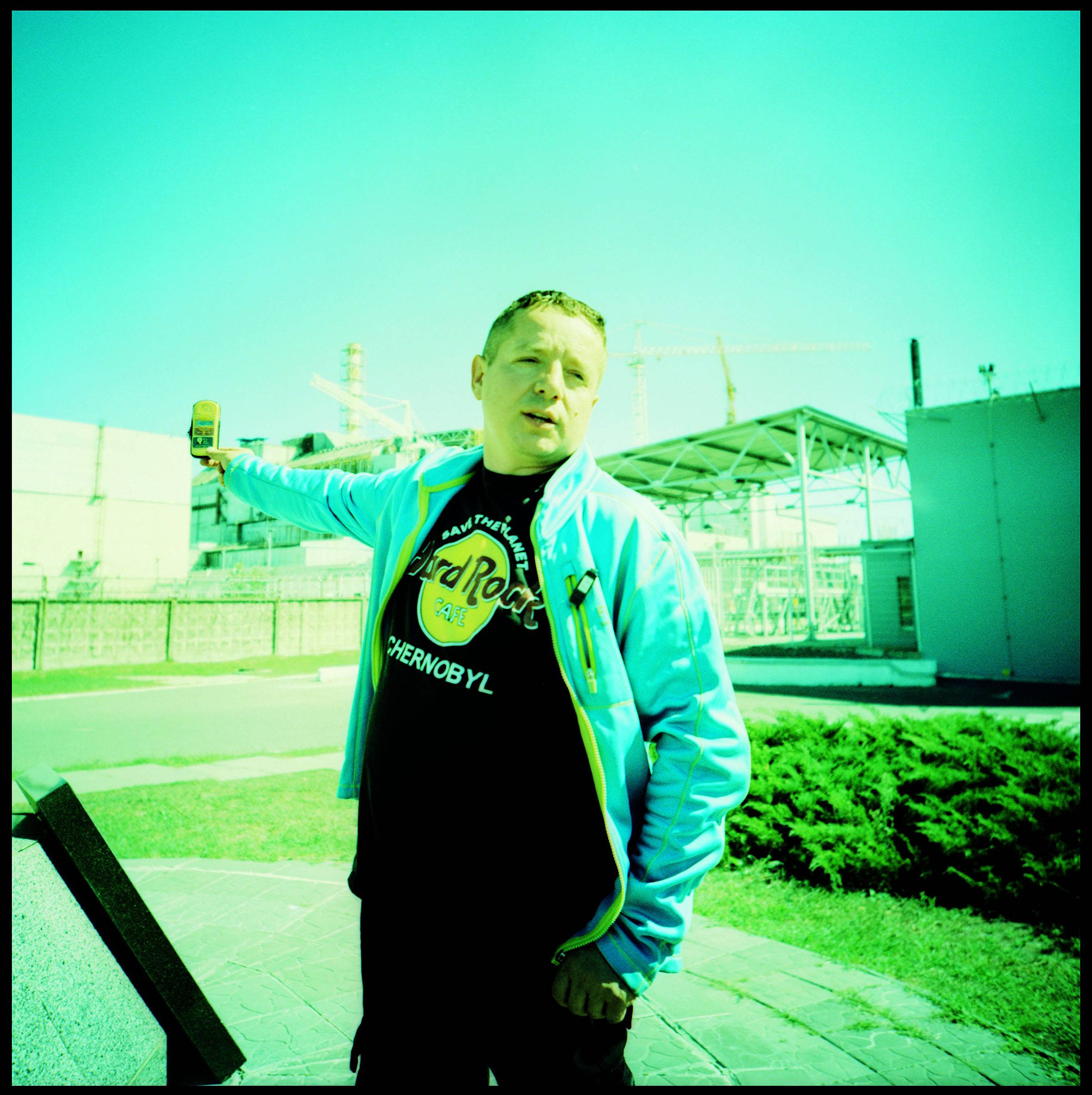
Many people don’t realize, that after reactor #4 exploded and everything was secured, that the reactors #1 to #3 were still running and they are so until today. There are still up to 3,000 people living and working in and around the Chernobyl Power Plant. They are working roughly six weeks, go back to there home towns for six weeks and then return, because of the radiation. They are constantly monitored how much radiation they have collected and send home, if they exceed the recommended dosage. So there is still an infrastructure for the people in town, they reopened a cinema, have a shop and so on.
The irony of the history is, that the reactors are actually delivering more energy then ever now. I took a forbidden shot from the hip of the reactors, as it is prohibited to capture them.
The reactors are considered a military object and are not allowed to be photographed. But I snuck in a few shots. We went to the canteen of the power plant, which is connected with the plant via a little bridge. As we were walking over we saw giant catfish that we fed with bread. Nature not only recovered itself, there are certain animals coming back stronger then ever.
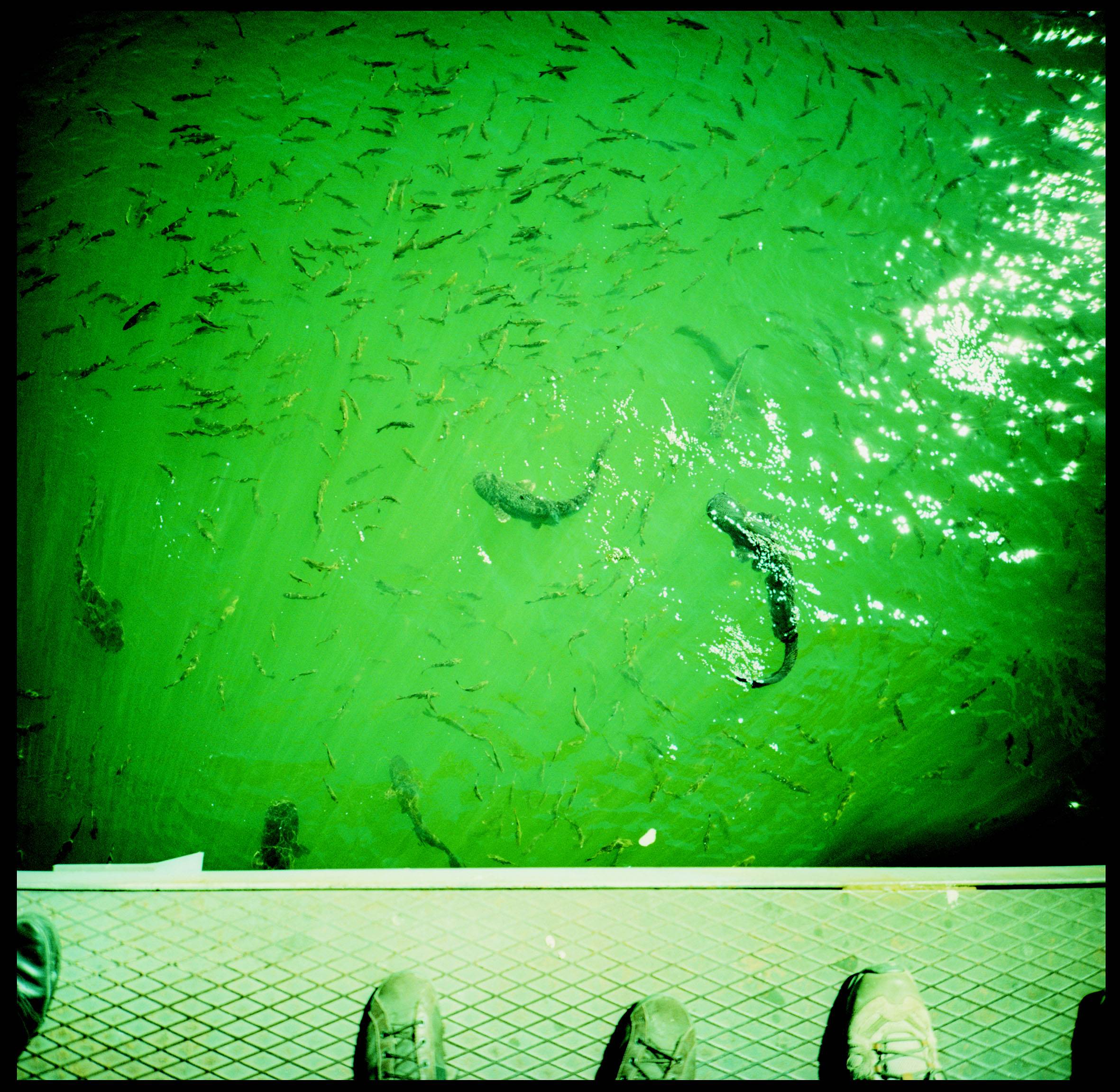
With no interference of humans, as they are not allowed to eat anything, that grows and lives in the zone. A lot of birds that are under threat of extinction are safe in Chernobyl. There are even scientists who consider a certain amount of the remaining radiation might be good for living. We had a few spots that went crazy on the Geiger counter. But if you move quickly you should be fine. I think the bigger harm is in in the broken infrastructure. You'd rather die in Chernobyl, because you fall into a whole in darkness or run blindly into a loose metal pole.
The canteen was actually a highlight of mine. I just like the atmosphere of post soviet stalowajas and even the food. I would have loved to take a portrait shot of the lady chefs, but they kindly declined. I couldn’t play my Russian speaking charm, but I totally respect their wishes. The canteen is also a checkpoint for radiation. There are long detectors, where you put your hands and shoes into.
Over night we stayed in Chernobyl. There is some sort of a guest house. Very simple and a neat cafeteria alongside. Nothing fancy, but basically busy in feeding us. I think we had at least three meals there.
On our second day we visited the almost finished reactor Number five in the zone, which was most impressive on many levels. The reactor was almost finished, when everything went downhill. Now we can walk into the giant cooling tower of #5, stripped bare. It’s majestic in size, like an alien spaceship.
Only days before we came visiting and unknown graffiti artists snuck illegally into the zone and drew the most impressive picture of a doctor in shock onto a concrete block within the heart that structure. This had such a deep impact on me. What a bold piece of art.
Even if it was strictly prohibited, there are settlers, who have returned to the exclusion zone. They slipped through the fences and returned home, when found they were again deported. Most of them were already old, lived their whole lives in the forests and villages around Chernobyl in the houses, they had built themselves. A new city, a new life, this train had left the platform of their life a long time. They just wanted to be home. So the government gave up. We had the chance to meet two of them.
We bought groceries in the only shop in Chernobyl and brought them to Luba and Ivan Ivanowitsch. Luba was a very quirky granny, very happy to see us. She had her own chicken, a handful of small kitten and most impressive, a shed in the garden, were she brew her own strong horilka, the Ukrainian vodka. She offered it to us and I can say it was strong and didn’t blind me.

The film, that I used to reportage the distillery was an expired Kodak Ektachrome 64T, which I developed as slide. The colours faded and everything is blueish.
I thought, it actually gives the scene a very surrealistic feel and liked it.
Ivan Ivanowitsch was a gentle old fellow with great style for fashion. We chatted and I liked him a lot. It was not so easy to understand his mix of Russian, Ukrainian and Belorussian, but we got along mighty fine. So I asked him for a couple of portraits and set him in the right light in his little paradise. Ivan lives a very simple life and also a bit lonely after his wife died a year ago. He keeps himself busy with growing vegetable in the garden and in indulging in stories from the past.
Especially the meeting with Luba and Ivan were special and intimate. It’s said, that the Ukrainian Government wants to increase tourism into the Chernobyl region from today 60.000 visitors per annum to one million. I don’t think Ivan and Luba would like that.
When we went around Chernobyl city I right away noticed a little Lenin Statue. I really wanted to take my shot at him. So I asked our guide Igor, if we could stop there on our way out of the zone. He said the statue must be the most western Lenin monument, as they are forbidden in the Ukraine. And as it stands just opposite to the little police station the officers don’t like to have people around there. But as I promised to be quick we were granted a 30 second stint. I swiftly captured good ol’ Wladimir Ilitsch.
When I started this text I mentioned, it's always the relation to the kids, that makes an accident to a disaster. We passed through an old children camp on the end of the tour and the silence was really deafening. Seeing this wooden cabins with colorful paintings without purpose was a strong symbol.
There are more stories to be told from the Exclusion Zone. The abandoned city of Pripyat and the rocket defense system of Duga III will be the next chapters of the tales of Herr Willie. Stay tuned and keep your curiosity. Thank you for bearing with me as I was searching for words to describe the world from my view.
2017-03-09 #places #travel #abandoned #soviet-union #xpro #ukraine #herr-willie #catastrophe #chernobyl
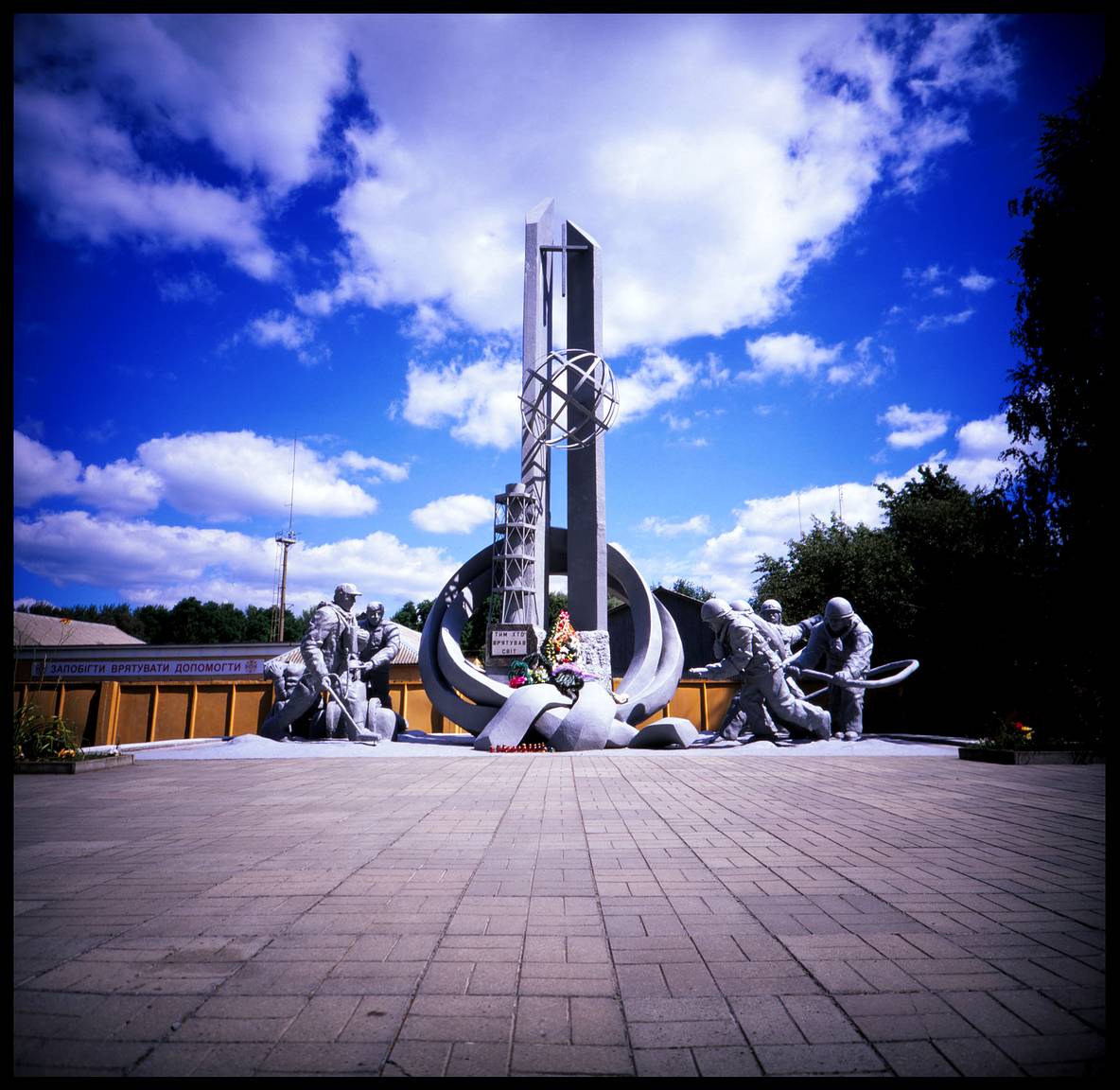






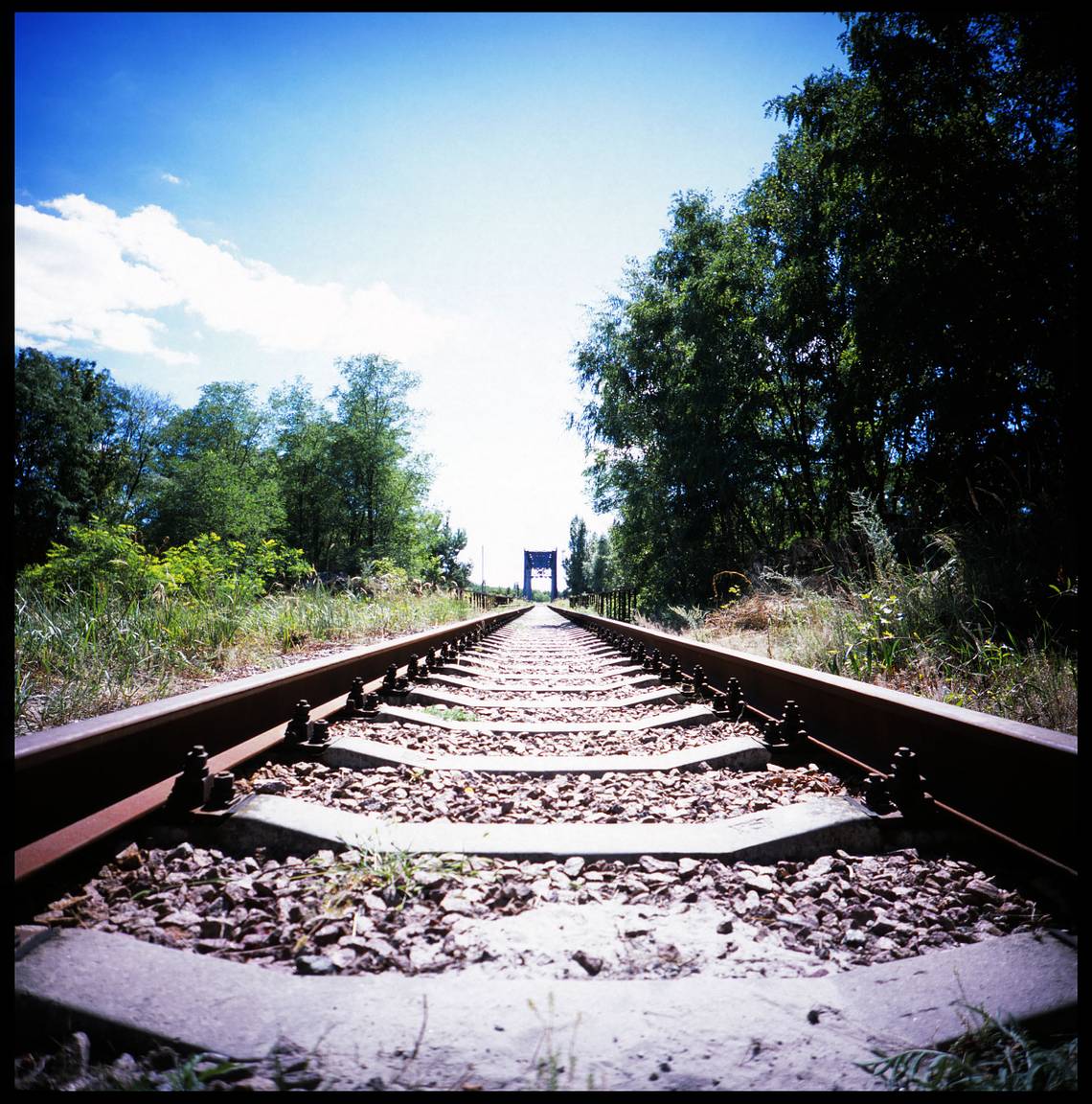
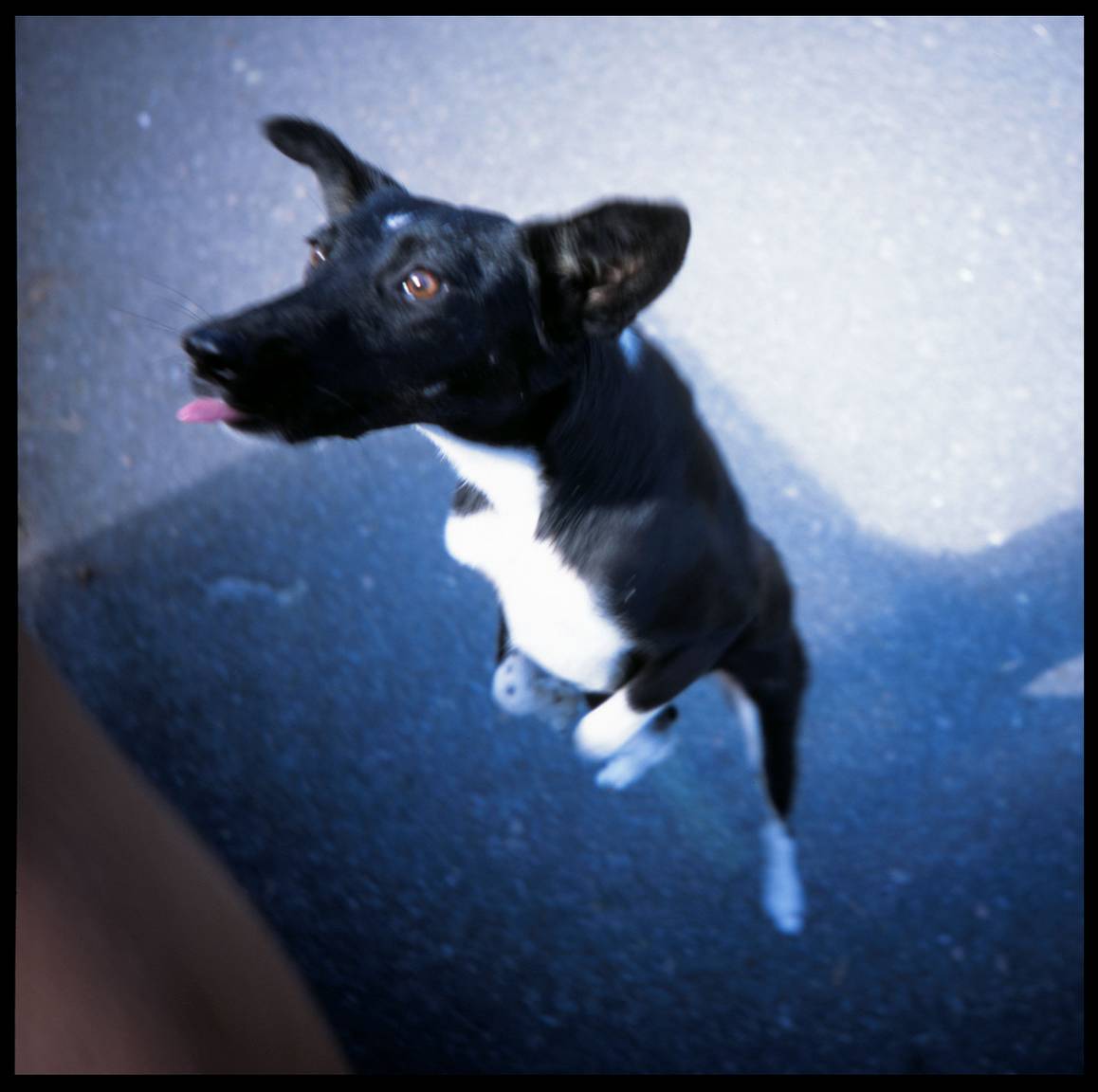


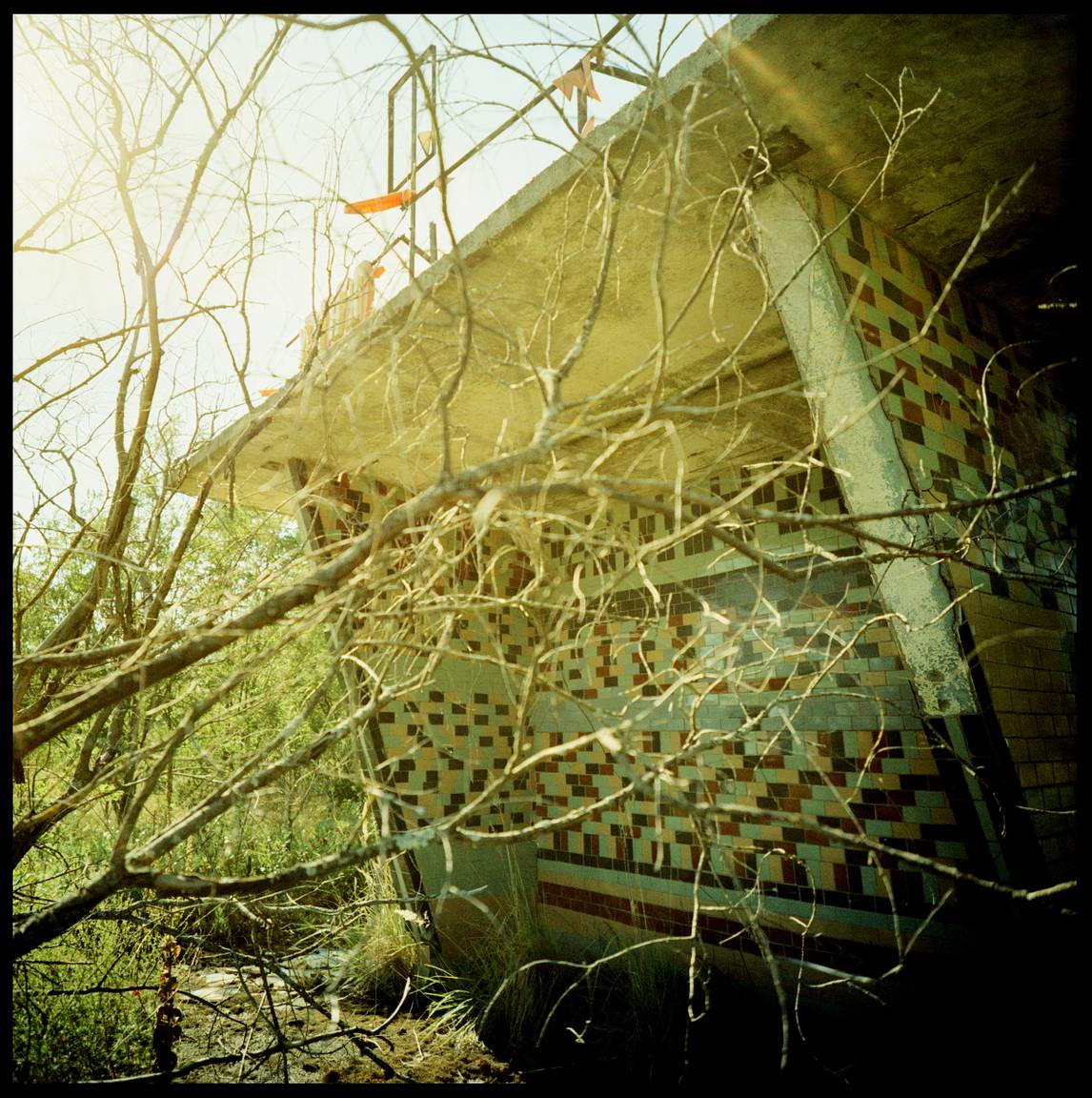




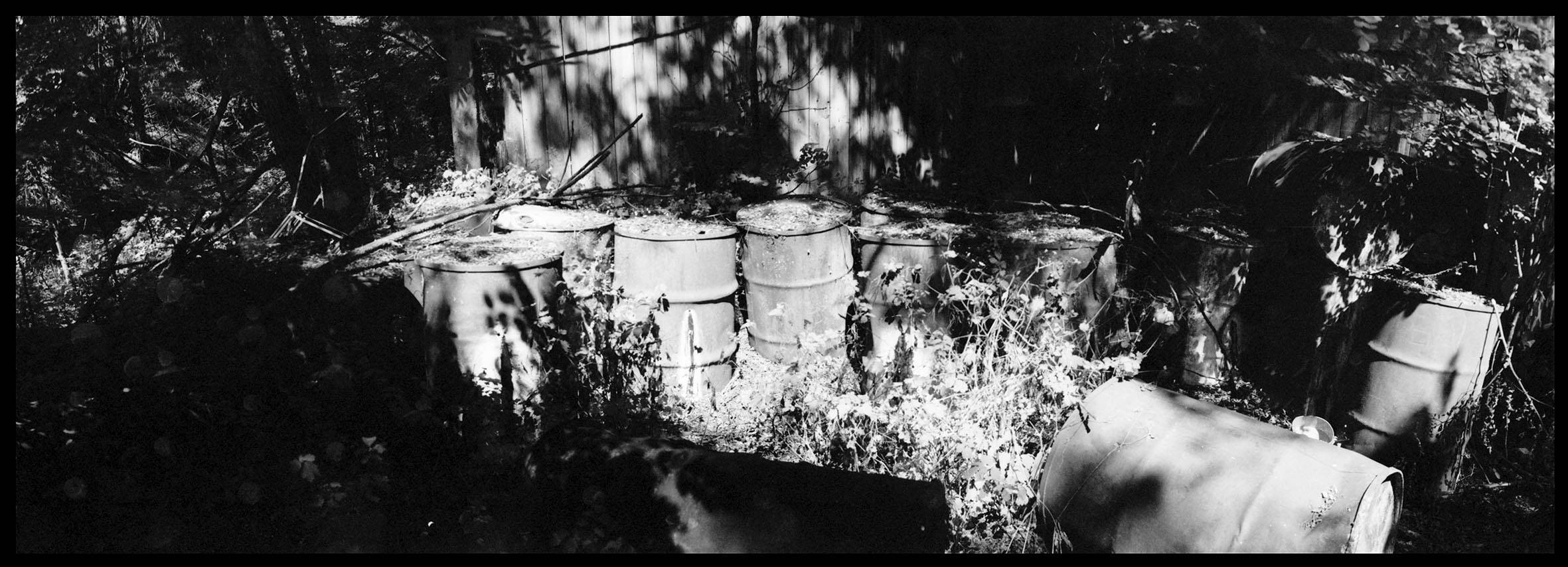



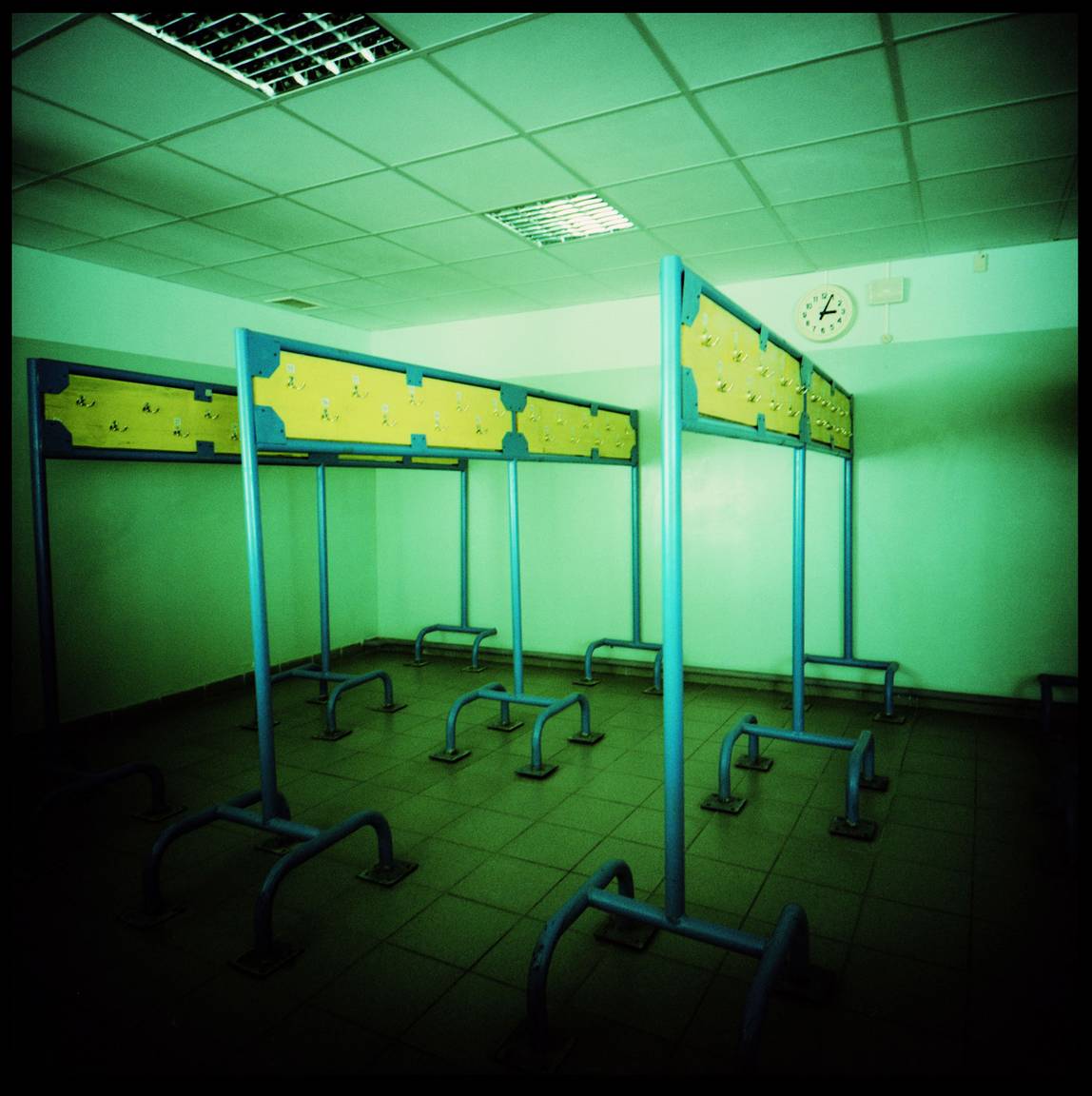





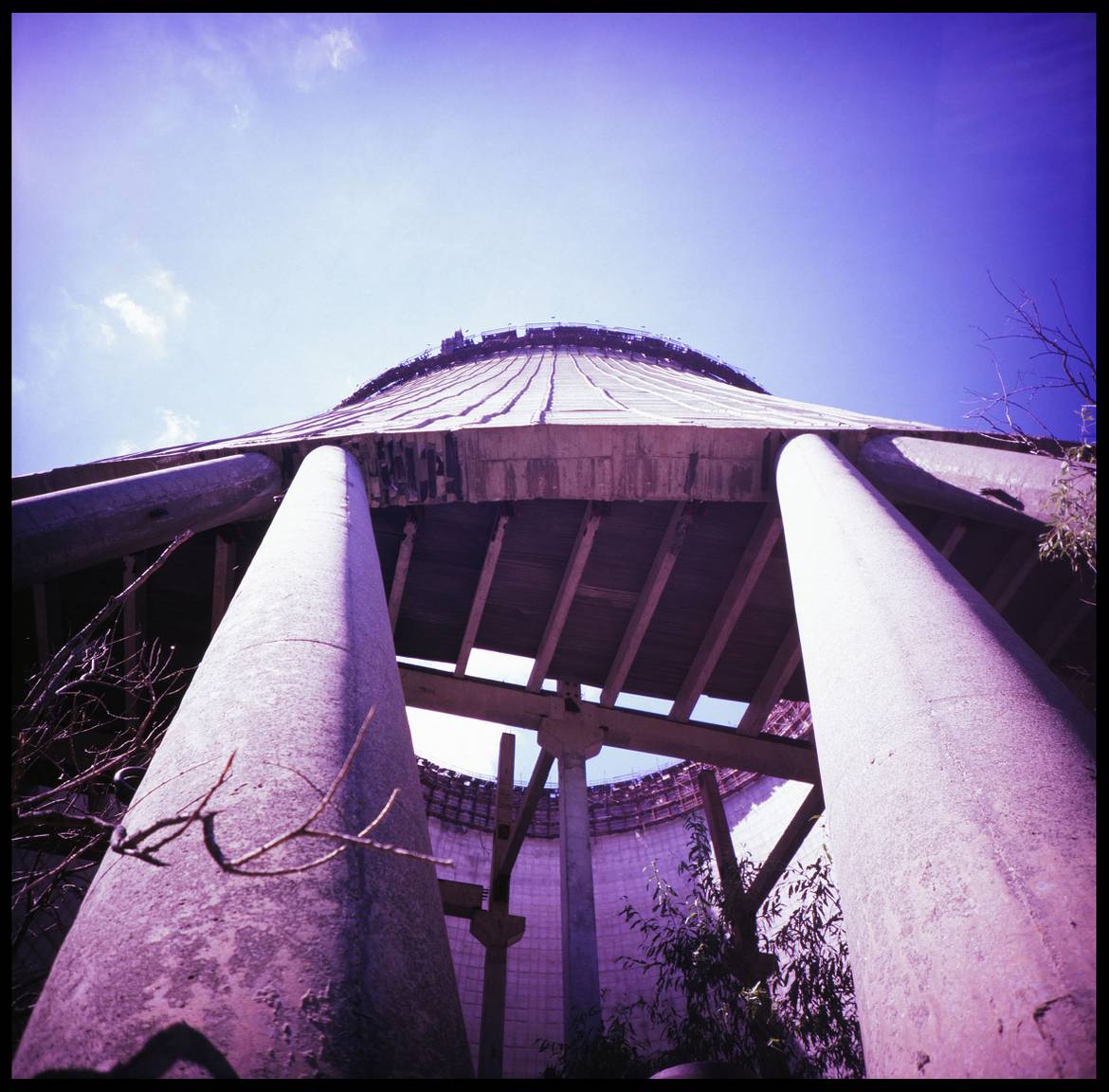





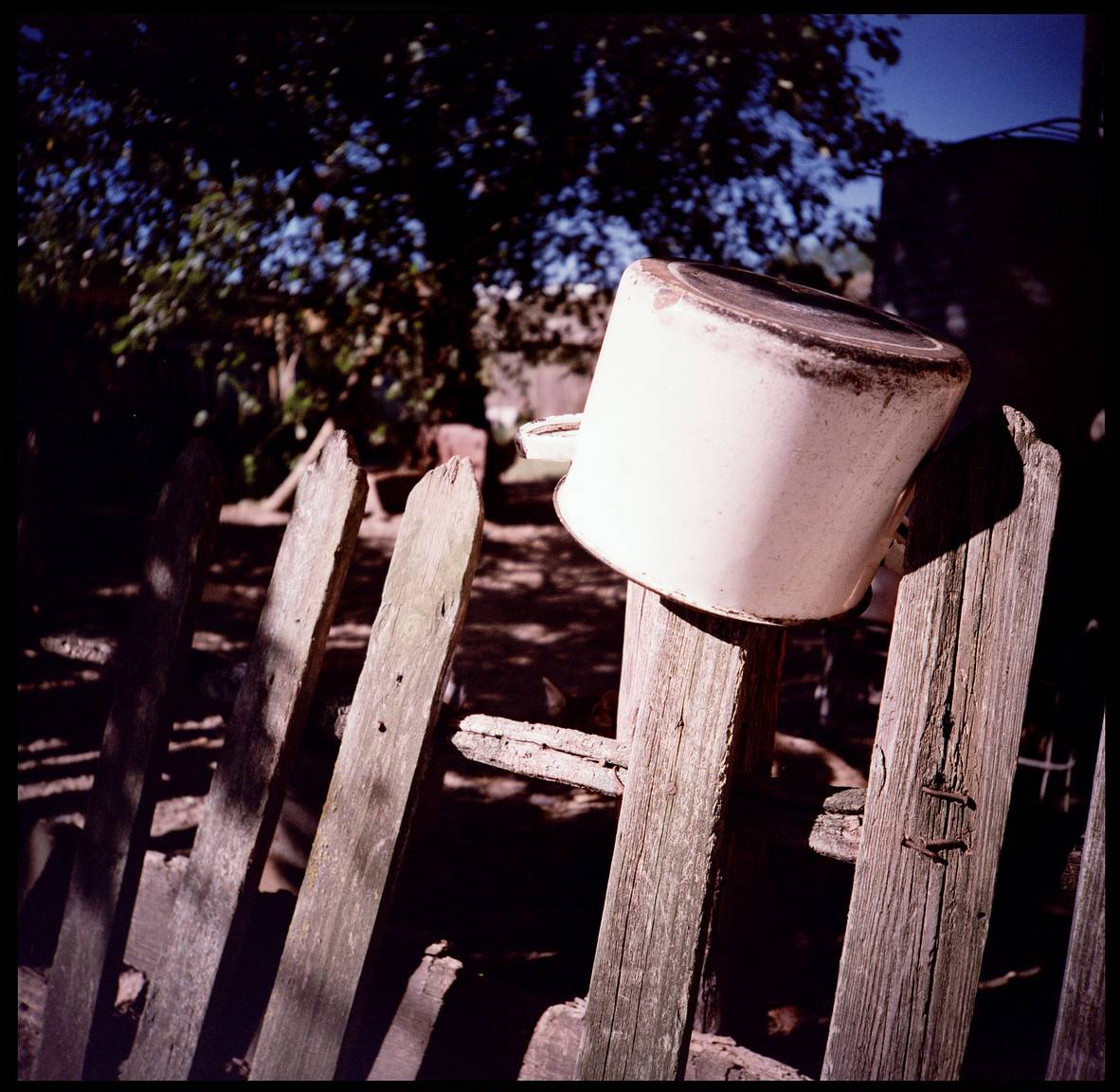

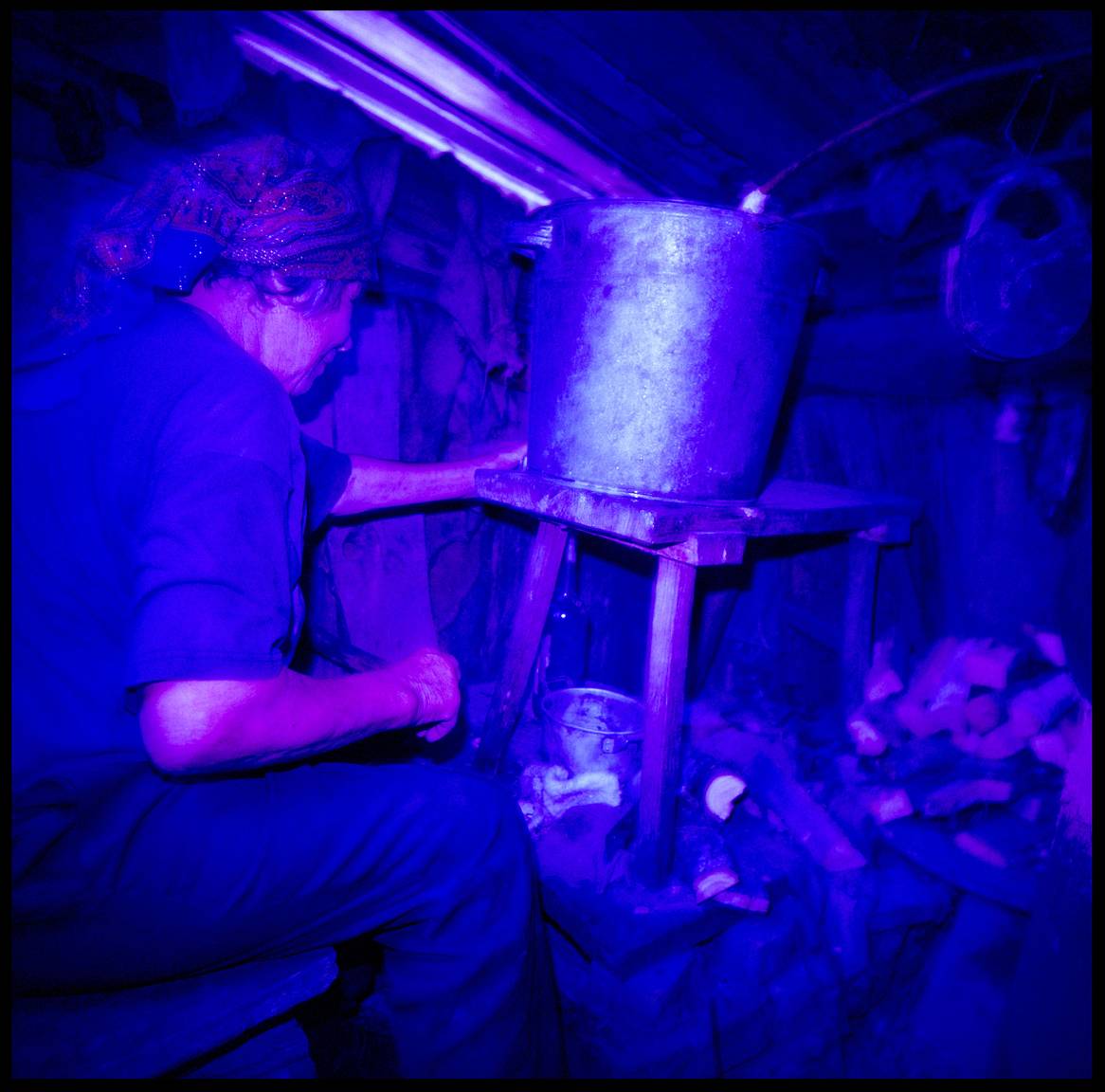
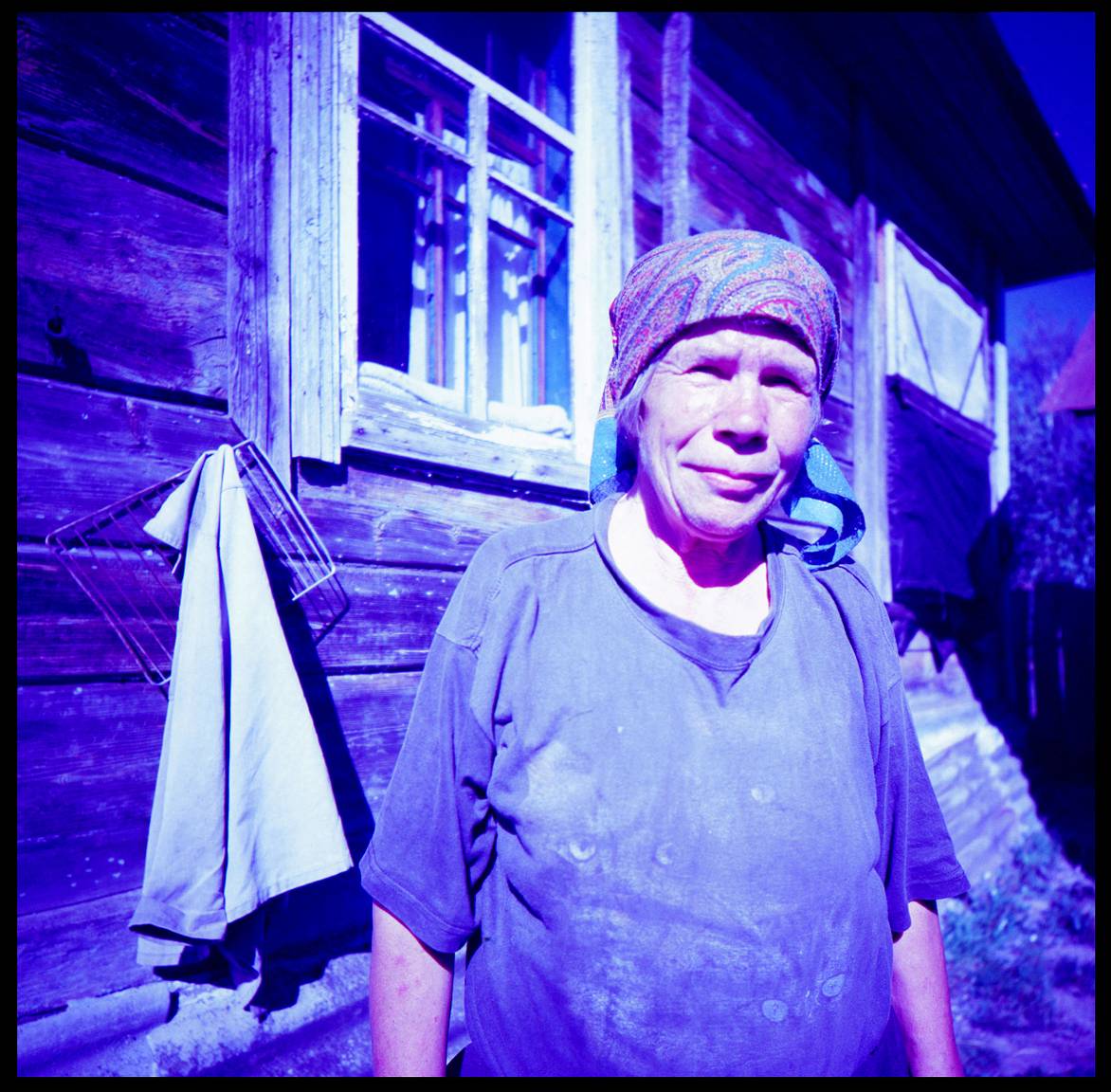
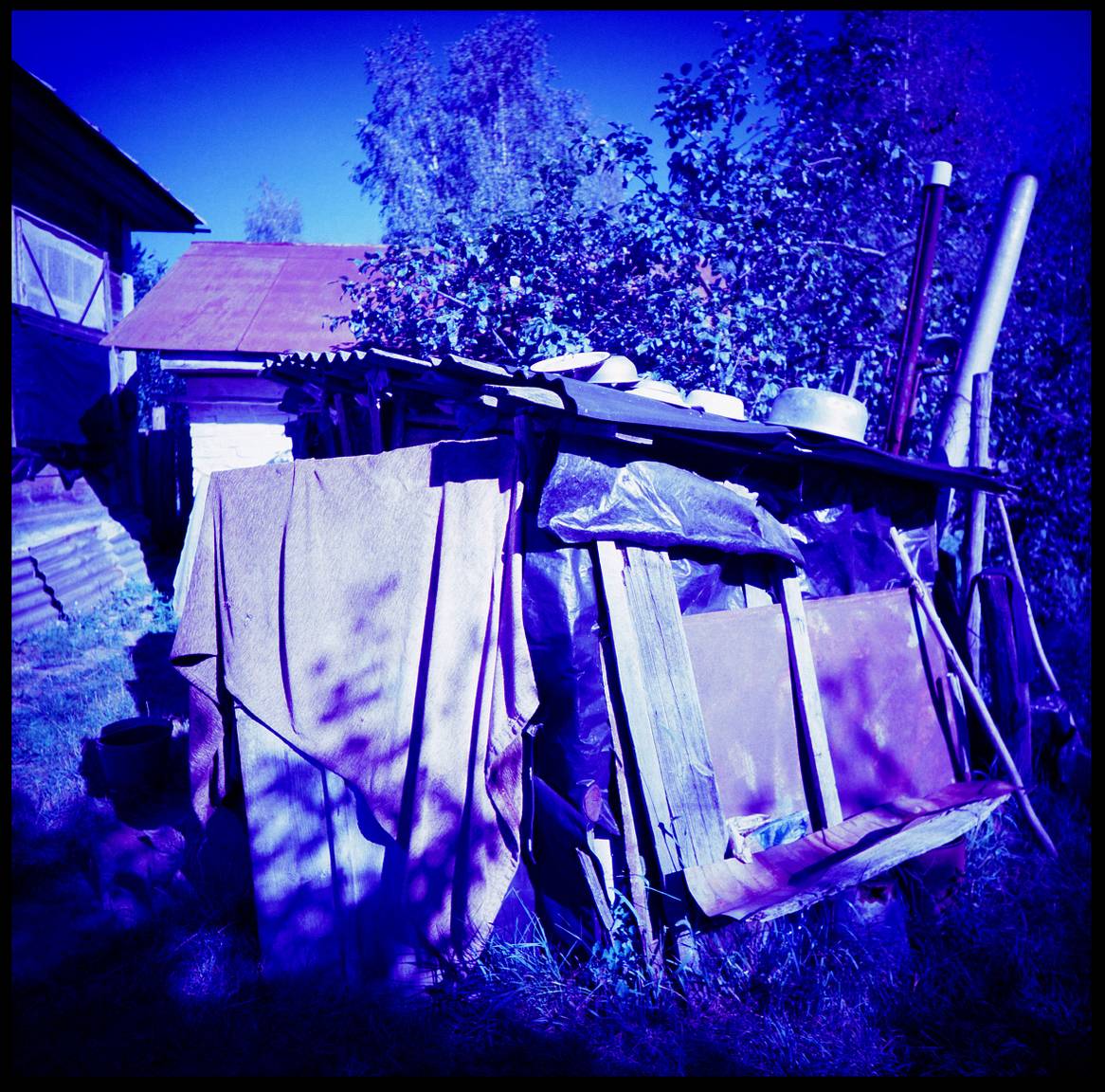
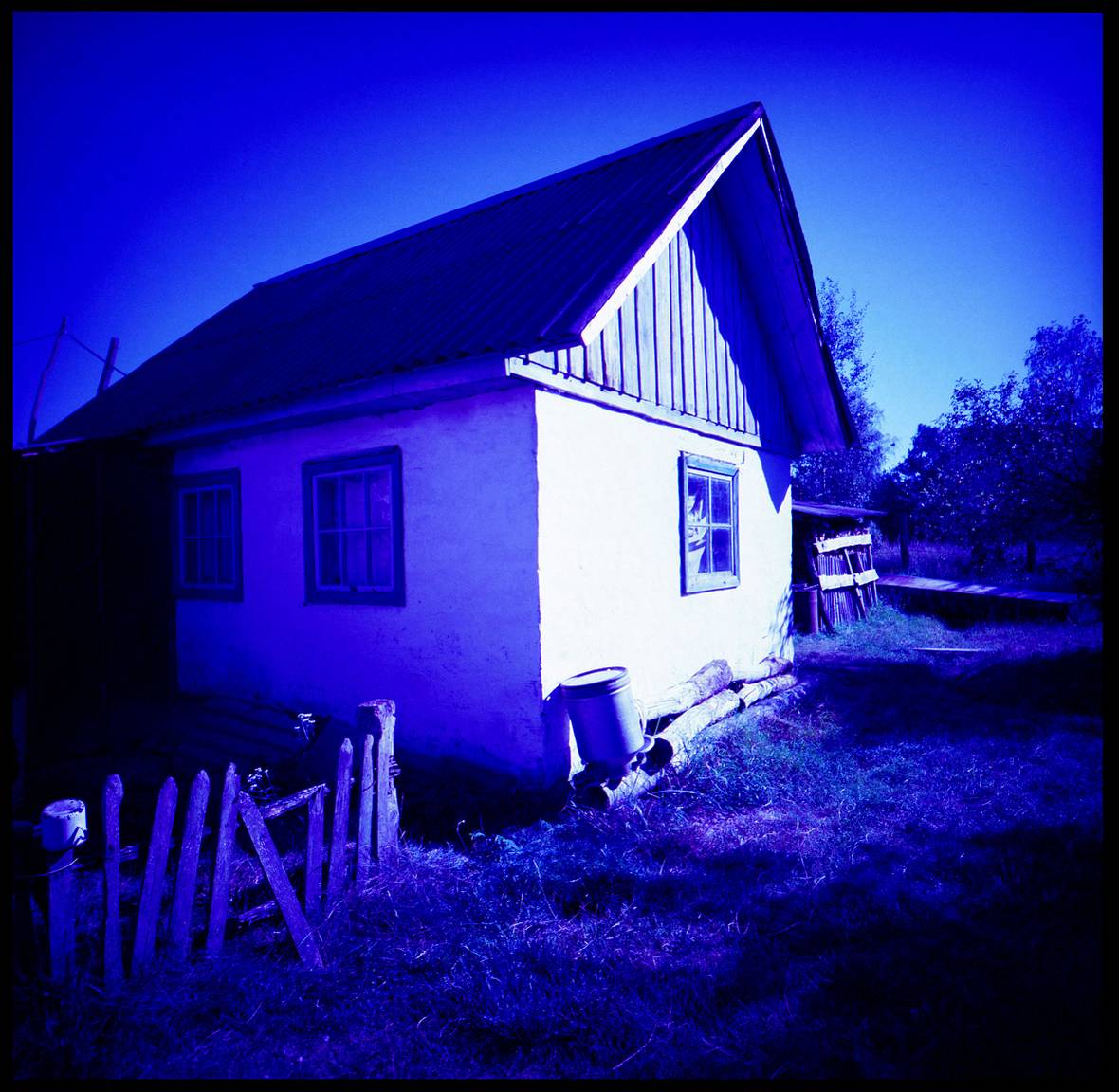

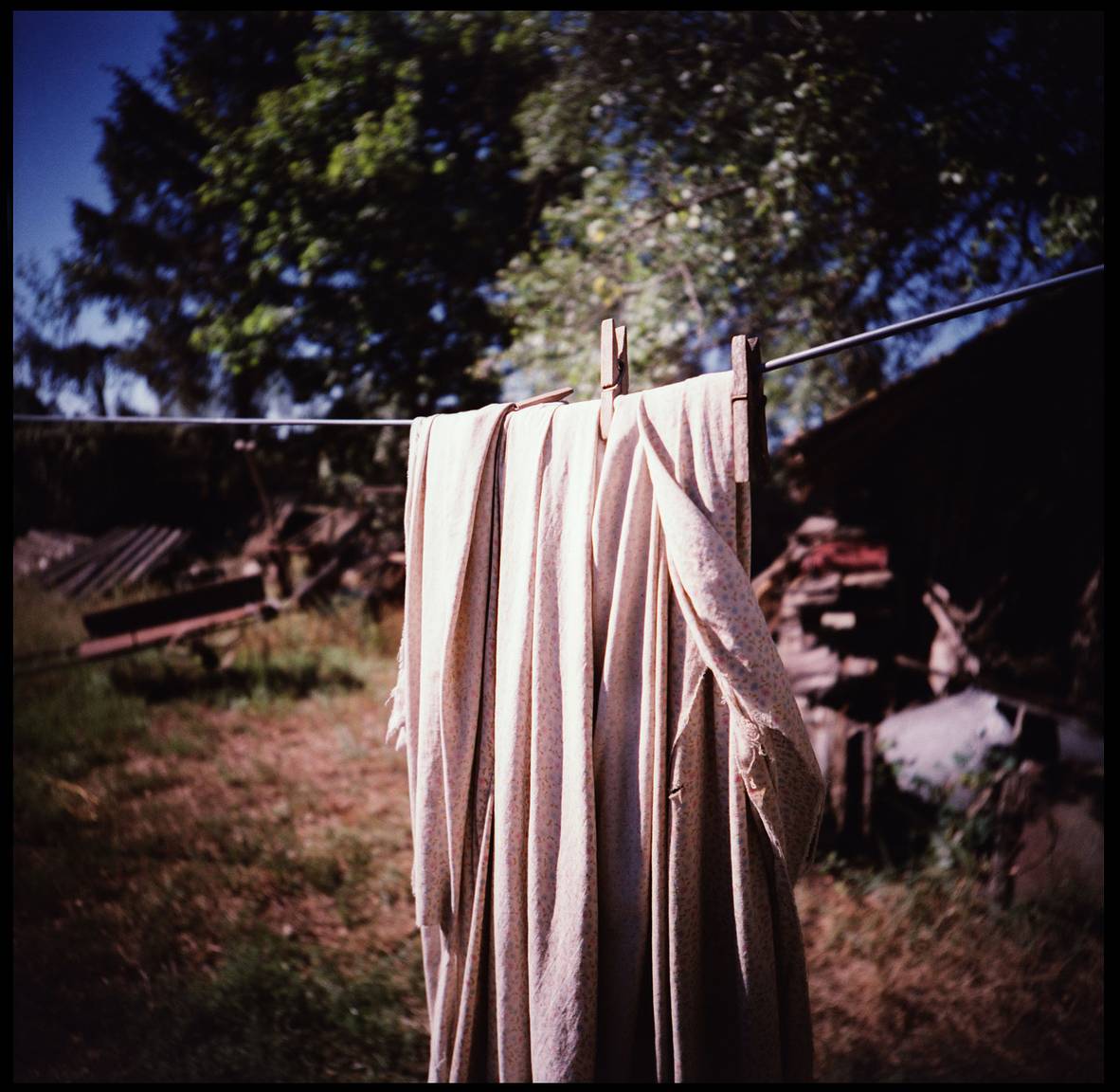

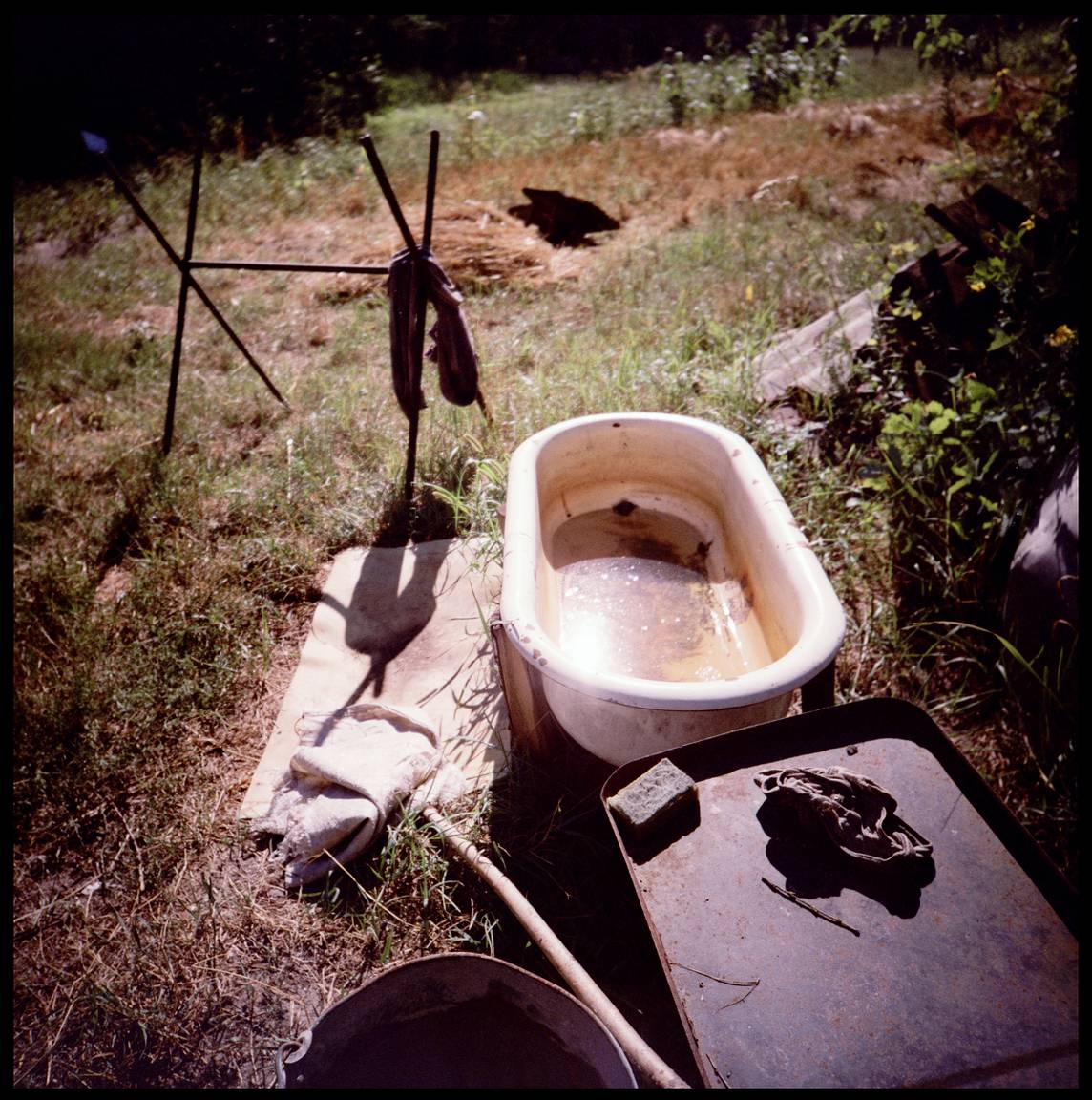





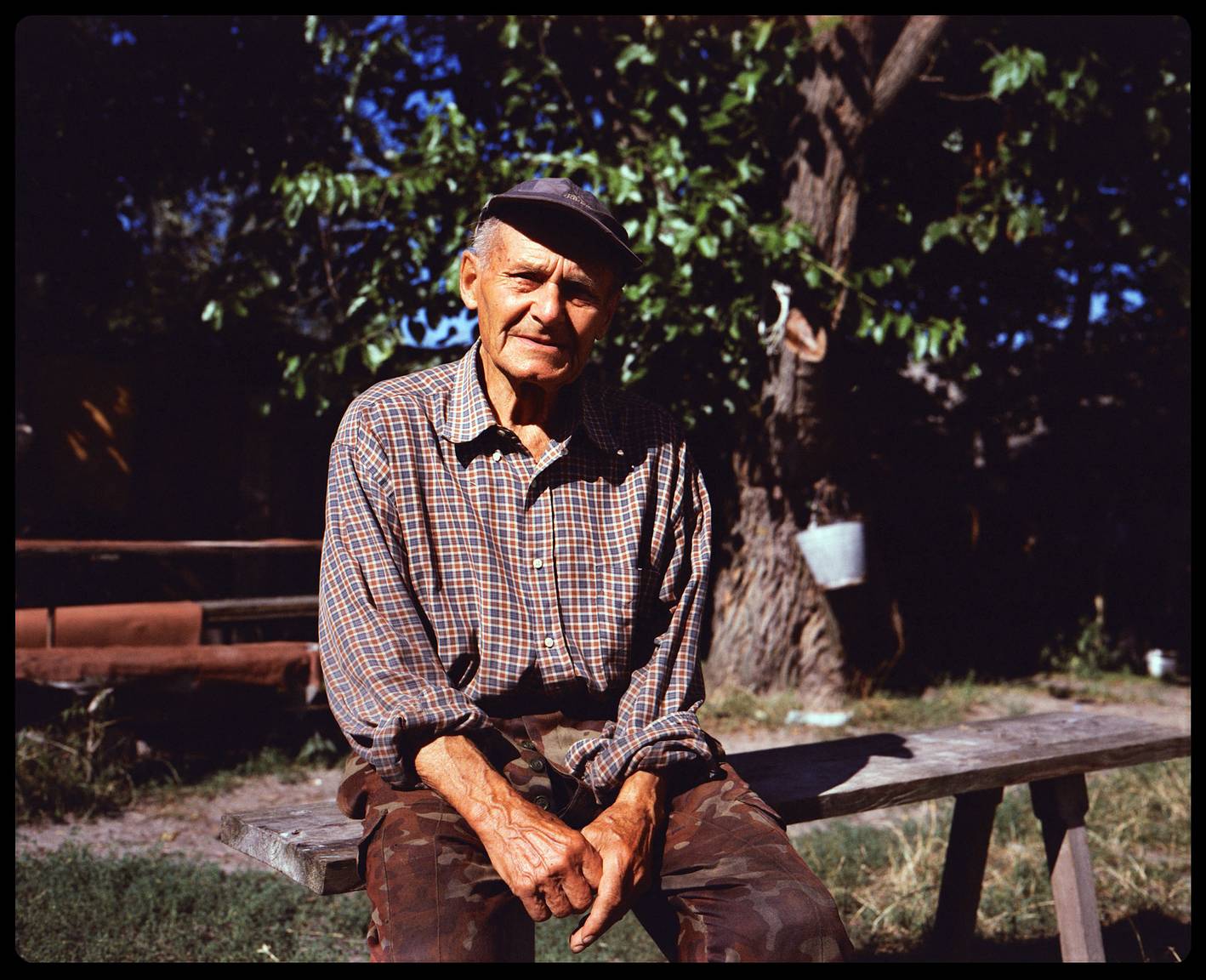


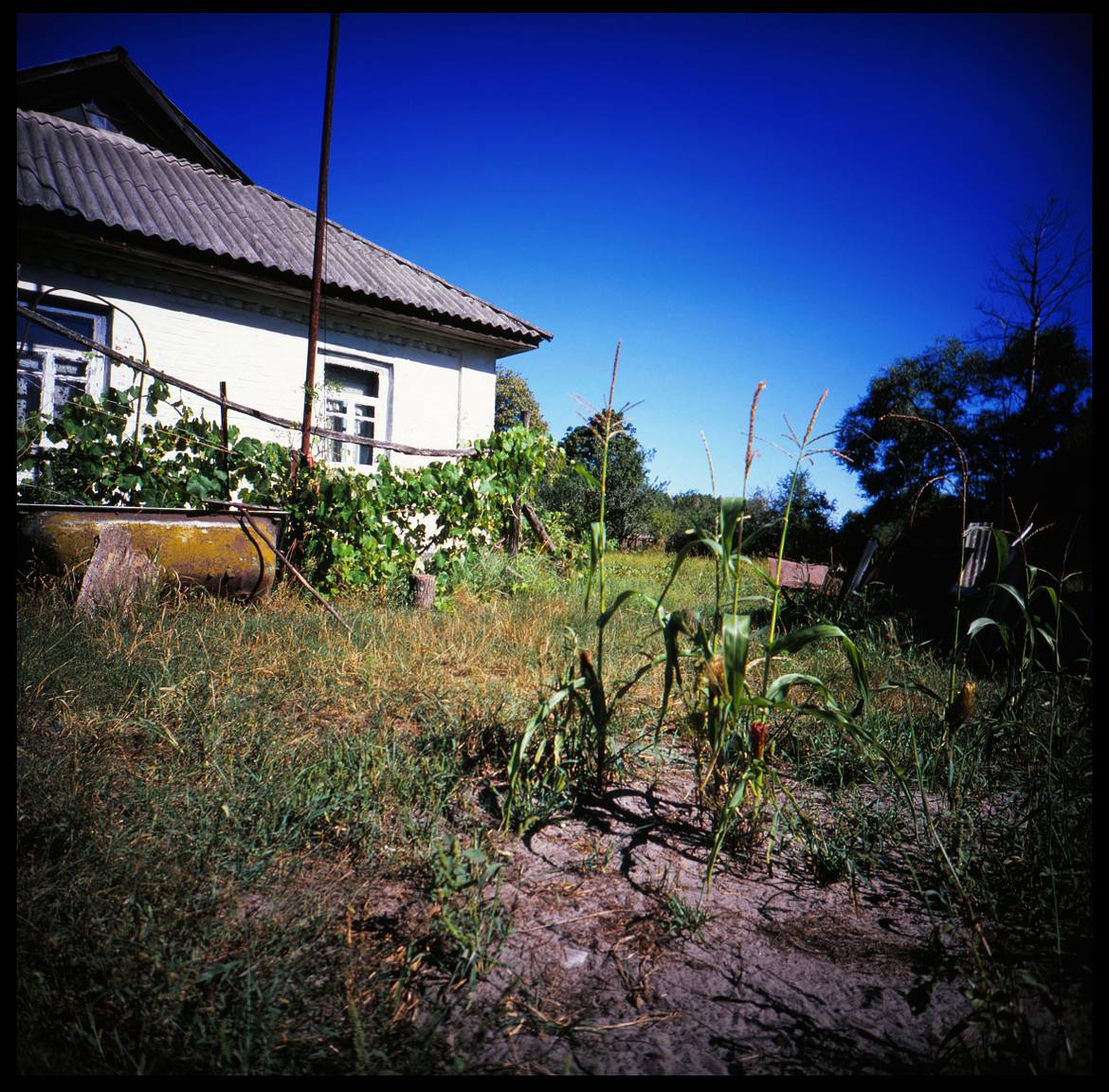

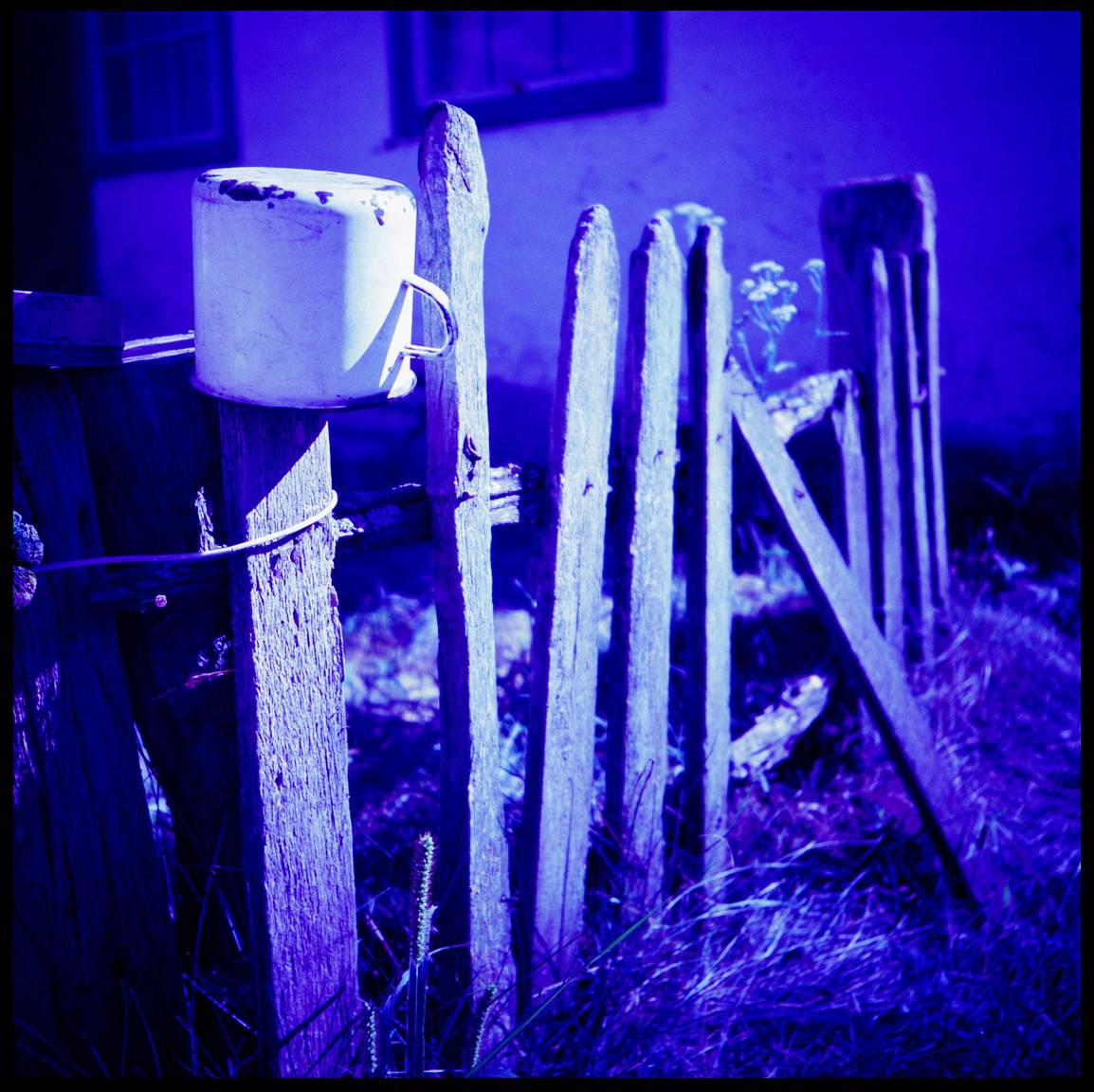
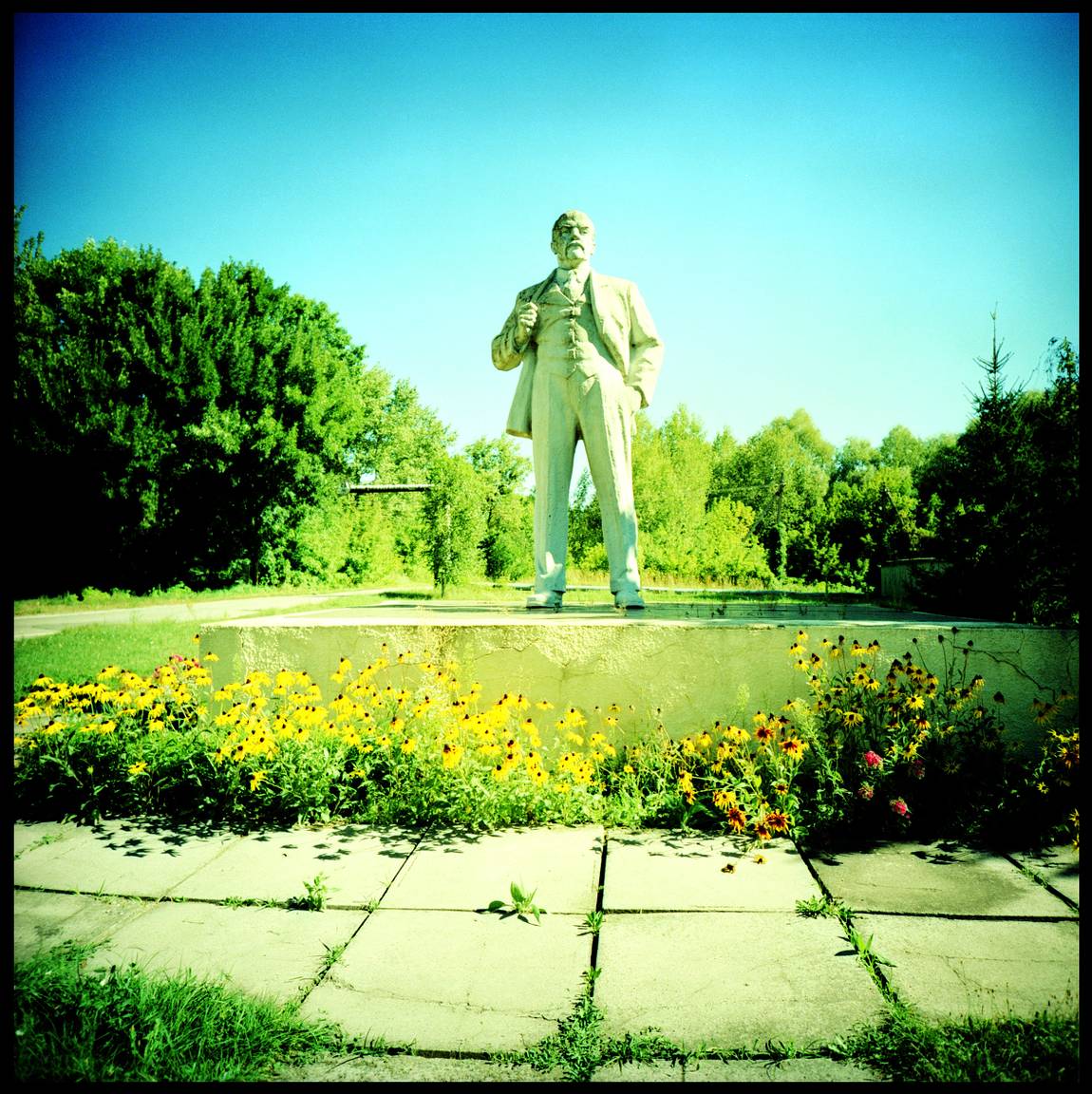

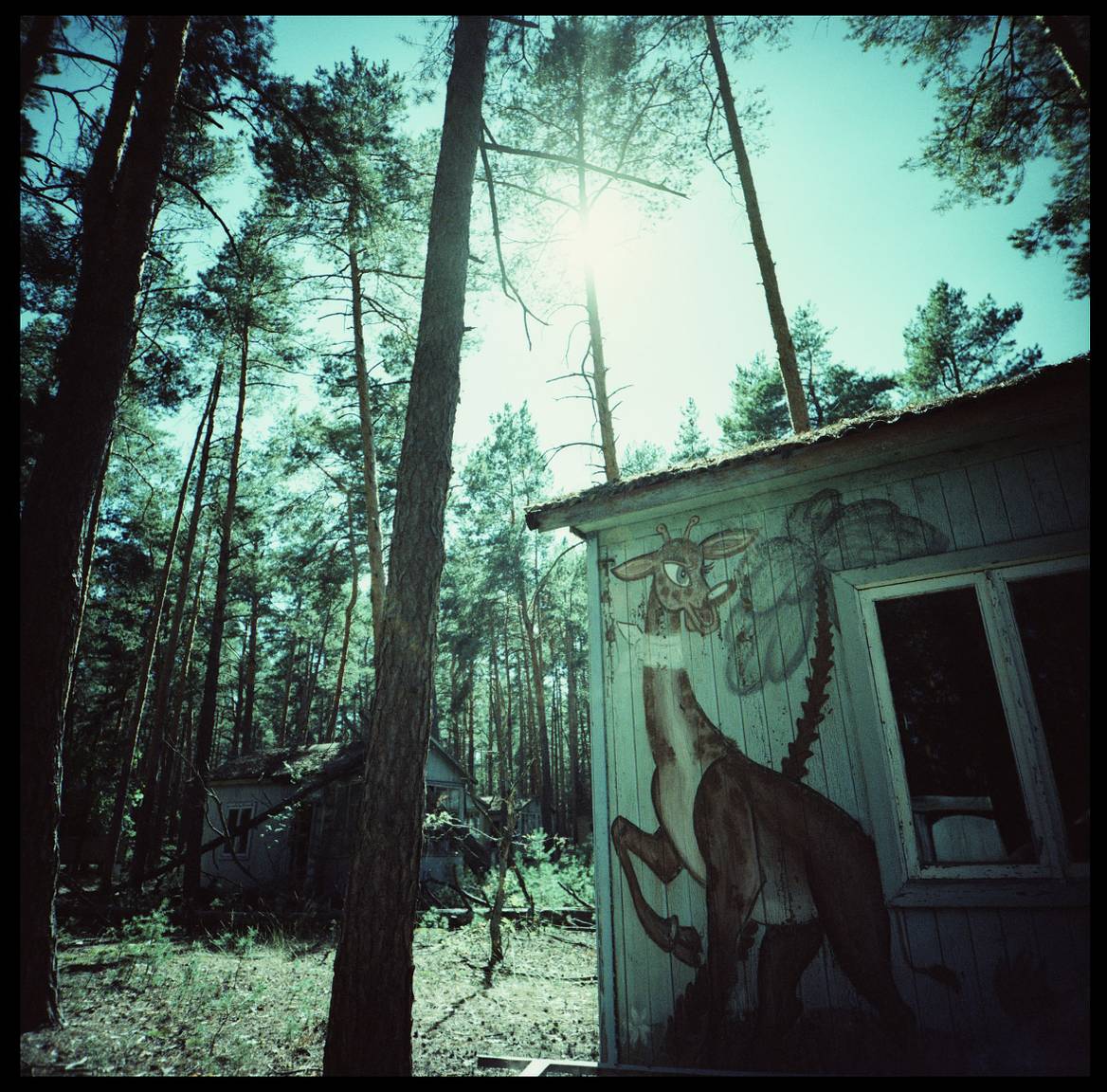











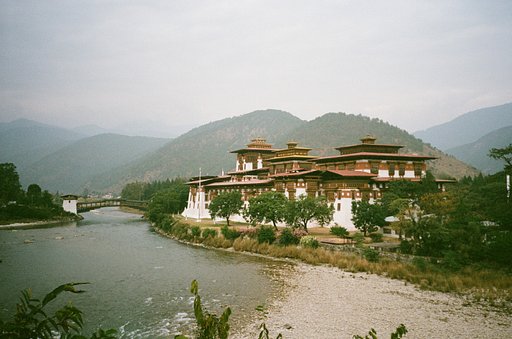














10 Comments